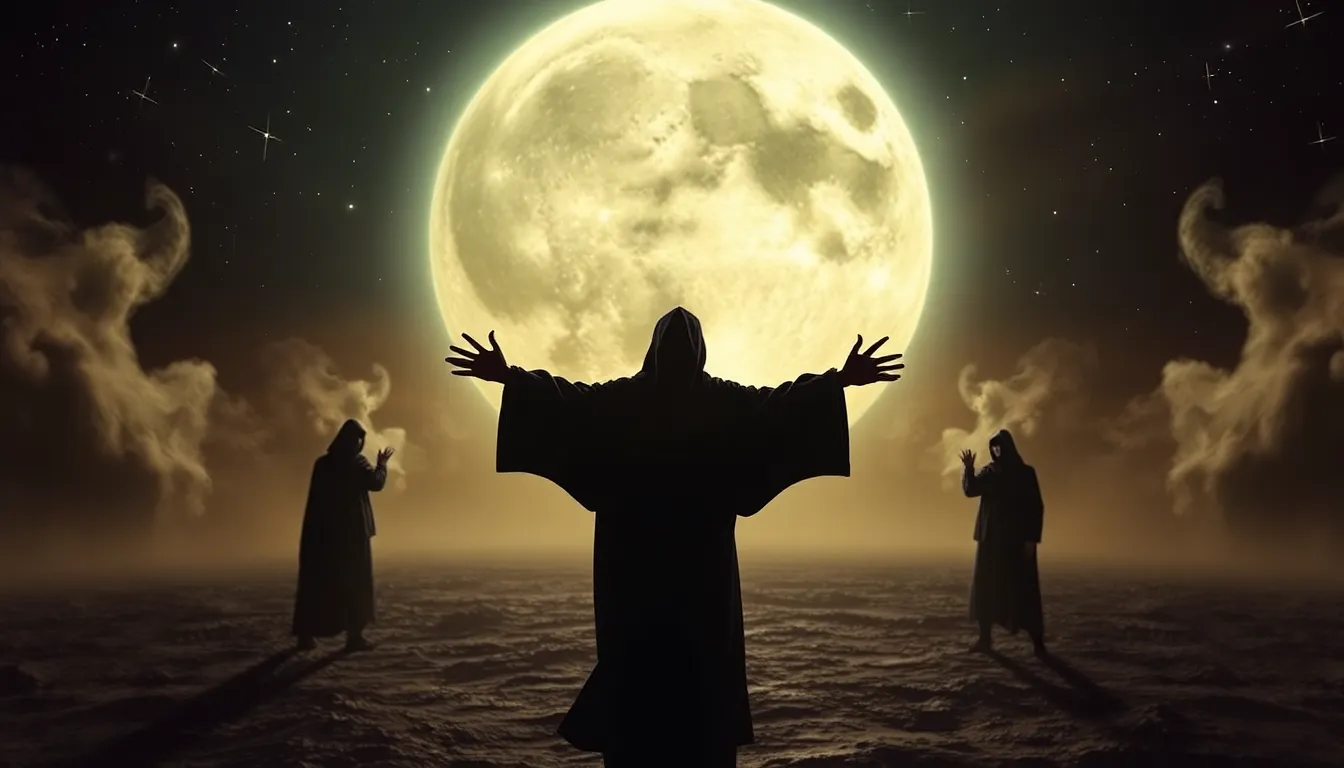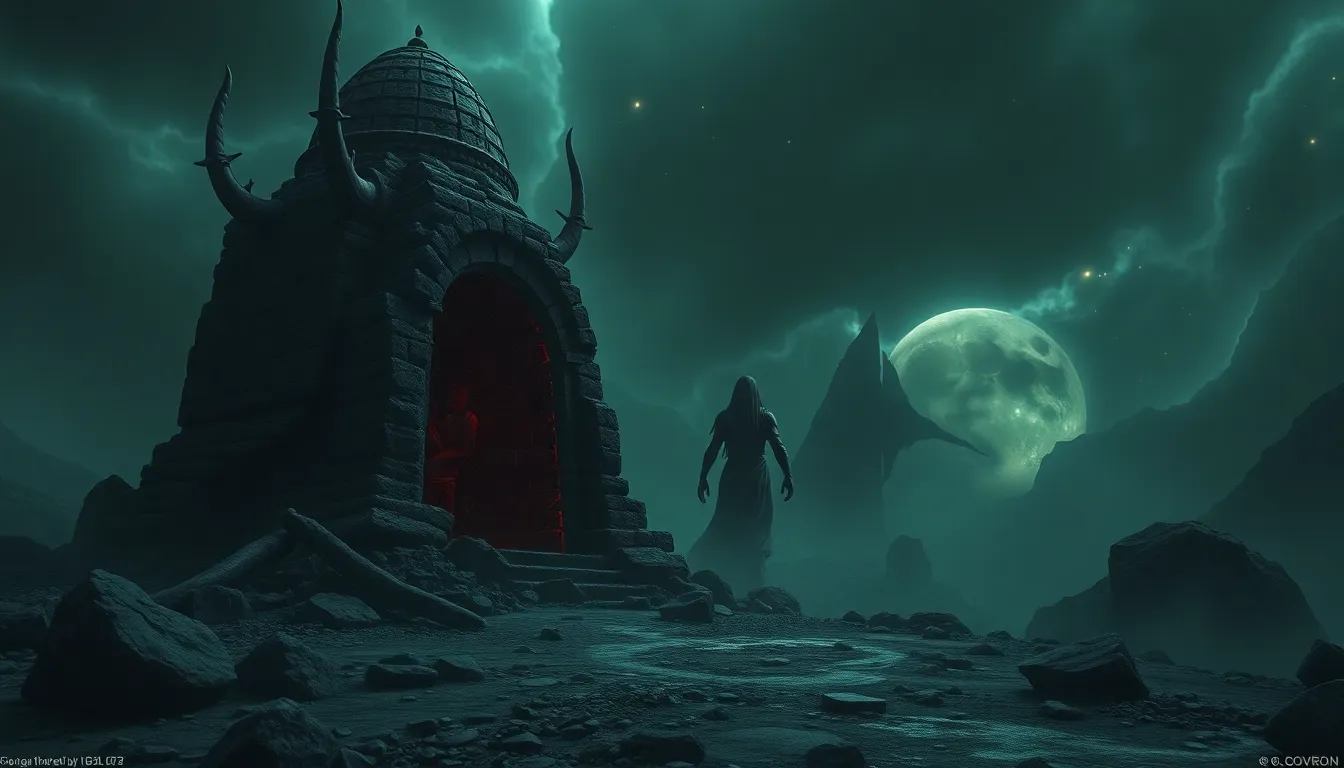Do We Really Know When the World Will End? Myths Explored
1. Introduction: The End of the World in Human History
Throughout history, the concept of the world’s end has fascinated and terrified humankind. Various cultures have developed apocalyptic beliefs, often rooted in their unique mythologies and worldviews. From the ancient prophecies of doom to modern interpretations of scientific predictions, the allure of predicting the end of days captivates many.
This fascination can be attributed to a deep-seated psychological need to understand our place in the universe and the inevitability of mortality. Predicting the end of the world provides a framework for addressing existential fears, allowing individuals to grapple with uncertainty and the unknown.
2. Historical Predictions of the Apocalypse
Throughout history, there have been numerous predictions regarding the apocalypse. Some notable examples include:
- Nostradamus: This 16th-century astrologer made numerous prophecies that many believe foretold significant world events.
- The Mayan Calendar: The December 21, 2012, date led many to believe that the Mayans predicted an impending apocalypse.
- Y2K: The turn of the millennium sparked fears of technological failure leading to global chaos.
While these predictions generated considerable attention, many ultimately failed to materialize, leading to societal impacts such as disillusionment and skepticism towards future predictions. The aftermath of these failed prophecies often serves as a reminder of the human tendency to seek certainty in an uncertain world.
3. Religious Perspectives on the End Times
Religious texts and teachings have played a pivotal role in shaping end-of-world narratives. Key perspectives include:
- Christianity: The Book of Revelation describes the final battle between good and evil, culminating in a new heaven and earth.
- Islam: The Day of Judgment is a significant tenet, where all individuals will be resurrected and judged by Allah.
- Hinduism: Beliefs in cyclical time and the eventual end of the current age (Kali Yuga) represent a different approach to apocalyptic thought.
These eschatological beliefs vary widely, presenting distinct narratives about the end times, redemption, and the fate of humanity. A comparative analysis reveals common themes of judgment, renewal, and the eternal struggle between good and evil.
4. Scientific Views on Global Catastrophes
Beyond religious beliefs, scientific perspectives on potential global catastrophes are increasingly relevant. Threats can be categorized into natural and human-induced events:
Natural Disasters
- Earthquakes: The unpredictable nature of seismic activity can lead to devastating consequences.
- Volcanic Eruptions: Major eruptions can alter climate patterns and impact global agriculture.
- Climate Change: The ongoing environmental crisis poses significant risks to ecosystems and human societies.
Human-Induced Threats
- Nuclear War: The potential for global conflict involving nuclear weapons remains a critical concern.
- Pandemics: The COVID-19 crisis highlighted vulnerabilities in global health systems.
- Artificial Intelligence: The rapid development of AI raises ethical and existential questions regarding its impact on humanity.
5. The Role of Technology in Apocalyptic Scenarios
Advancements in technology have influenced our understanding of potential extinction events. The concept of the Singularity, where artificial intelligence surpasses human intelligence, raises significant implications for the future of humanity. Potential scenarios include:
- AI systems making autonomous decisions that could endanger human existence.
- Technological advancements leading to unexpected consequences, such as environmental degradation or loss of jobs.
- The use of technology in warfare, escalating conflicts beyond manageable levels.
6. Media Influence on Apocalypse Myths
The portrayal of end-of-world scenarios in various media forms has shaped public perceptions of the apocalypse. In film, literature, and news:
- Films like “The Day After Tomorrow” and “Mad Max” depict dramatic apocalyptic futures that capture the imagination.
- Literature such as Cormac McCarthy’s “The Road” explores themes of survival in post-apocalyptic settings.
- The news often sensationalizes disasters, contributing to a culture of fear and anxiety about potential global threats.
Such portrayals can lead to misinformation and heightened anxiety, distorting public understanding of genuine risks versus exaggerated fears.
7. Psychological and Sociological Factors Behind End-Time Beliefs
The belief in impending doom is often driven by psychological and sociological factors. Key drivers include:
- Fear and Uncertainty: In times of crisis, individuals may gravitate towards apocalyptic narratives to make sense of their circumstances.
- Existential Crises: Facing the unknown can lead to heightened anxiety, prompting some to seek out doomsday narratives.
- Doomsday Cults: Certain groups capitalize on these fears, offering followers a sense of community and purpose amid chaos.
8. Current Trends and Predictions: What Experts Say
Experts continue to analyze potential scenarios regarding the end of the world. Some contemporary theories include:
- Climate change leading to catastrophic weather events and resource scarcity.
- The risk of global pandemics exacerbated by increased human interaction and climate change.
- Technological risks associated with AI and cyber warfare.
Interviews with scientists and futurists highlight the importance of addressing these issues proactively to mitigate risks and improve global resilience.
9. Debunking Common Myths About the Apocalypse
Despite widespread beliefs, many misconceptions about the apocalypse persist. Some common myths include:
- Believing that a specific date can accurately predict the end of the world.
- Assuming that all apocalyptic scenarios are equally likely.
- Overemphasizing sensationalized threats while ignoring more probable risks.
Critical thinking and scientific literacy are essential tools for debunking these myths and fostering a more nuanced understanding of global threats.
10. Conclusion: Embracing Uncertainty and Focusing on the Present
In conclusion, while the fascination with apocalyptic predictions is deeply rooted in human history, it is essential to embrace uncertainty and focus on the present. By addressing global challenges and fostering a positive outlook for the future, we can counter the allure of doomsday thinking. Instead of fixating on potential endings, we should invest in creating a more sustainable and equitable world for future generations.



